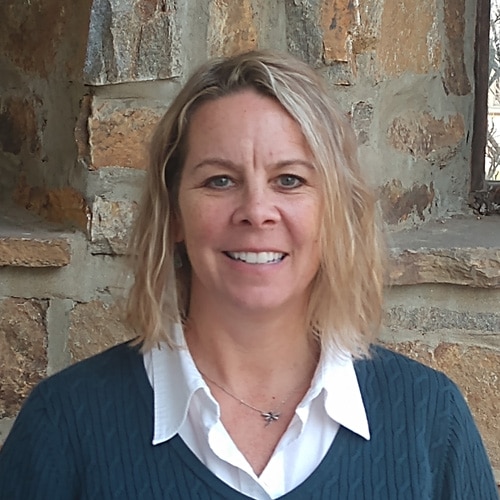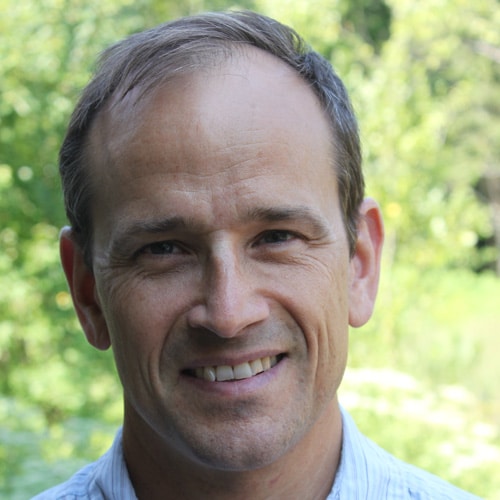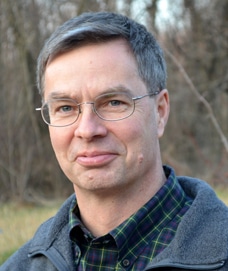The Watershed Restoration Group engages the public in freshwater stewardship and watershed restoration by helping landowners implement best management practices and plant streamside forest buffers. We link research, education, and action on the ground to manage our most precious resource — fresh water.
Watershed Restoration Staff
Watershed Restoration News
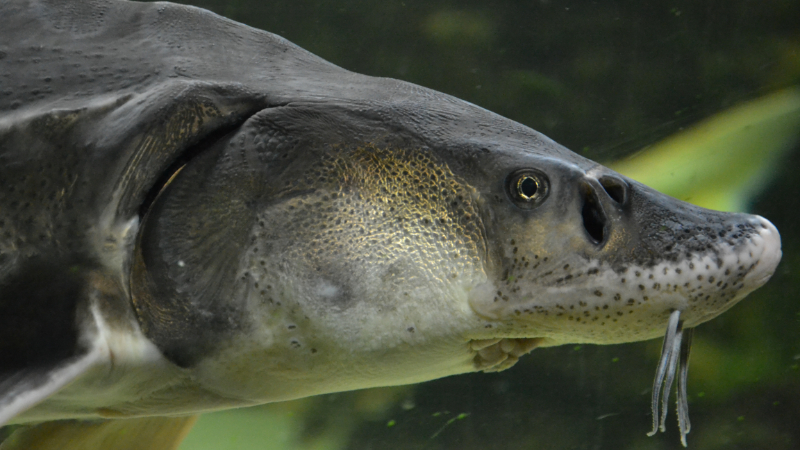
Reasons for Hope
Sometimes it can feel like disagreement is the only thing that is pervasive in today’s world. That’s simply not true. Not when it comes to water.
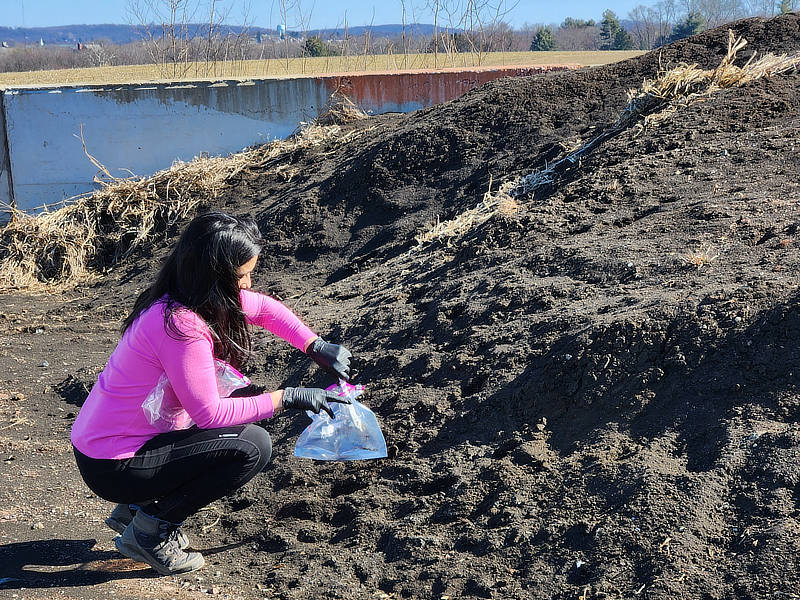
Study Points to Farmland as Possible Source of PFAS in Fish
The Stroud Center and the Center for PFAS Solutions have been studying how much biosolids are contaminating farmland and adjacent waters since 2021.
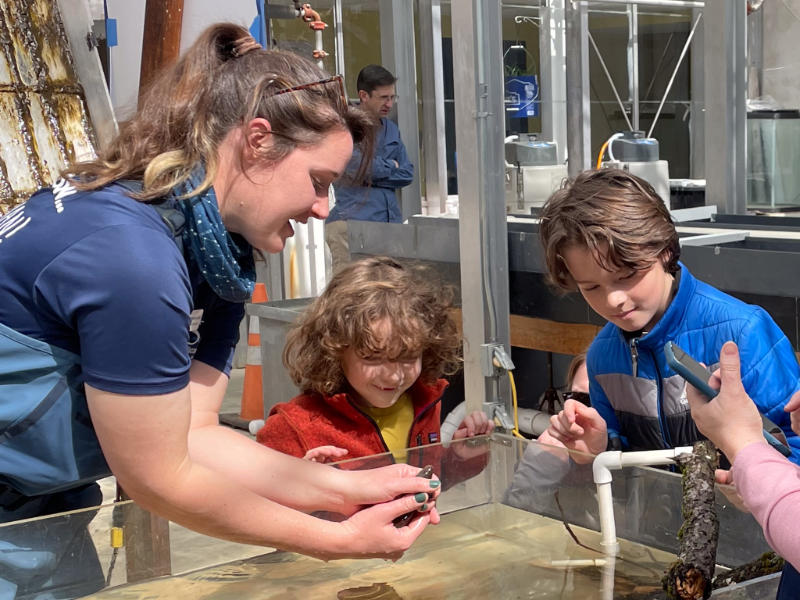
Wild World Water Day!
The Stroud Center welcomed 160+ visitors for hands-on science, stream fun, and more. Join us on March 21, 2026, for another exciting event!
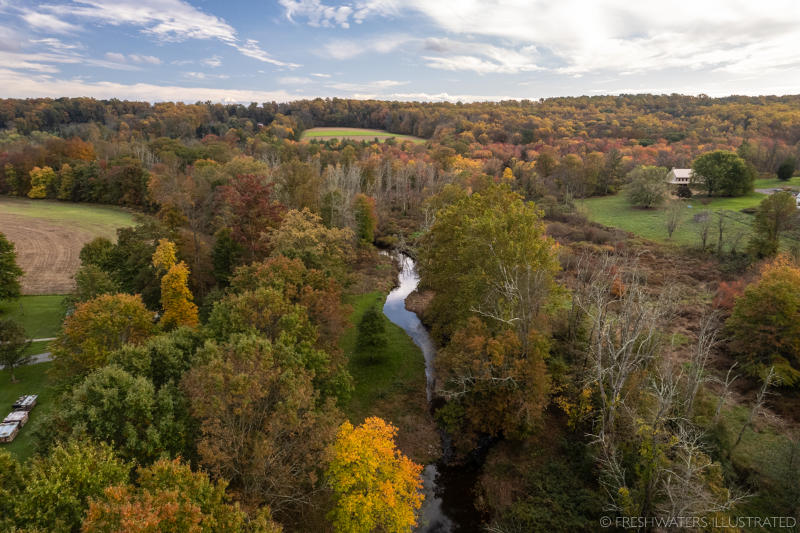
The Other Half of Forested Buffers: Stream Ecology and the Role of Forests
Forested buffers have long been valued as barriers or filters that keep pollutants from reaching streams, but that’s only half the picture.
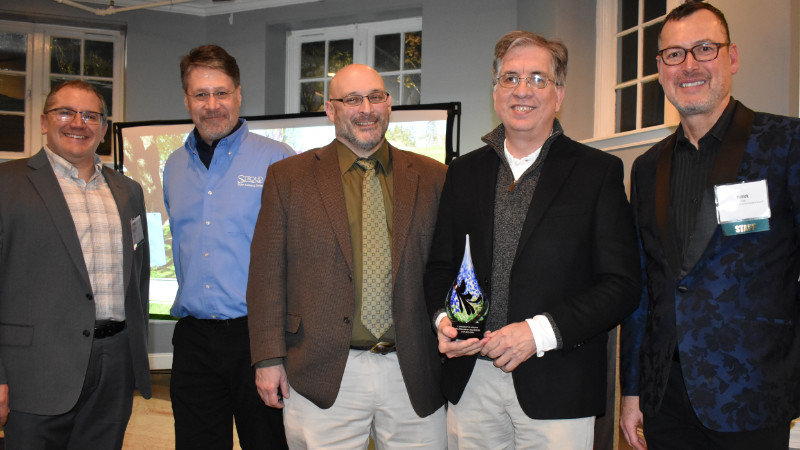
Stroud Center Named Watershed Champion by Philly–Area Collaborative
A collaborative led by the Pennsylvania Environmental Council honors Stroud Center for its role in protecting and restoring the Delaware River Watershed.
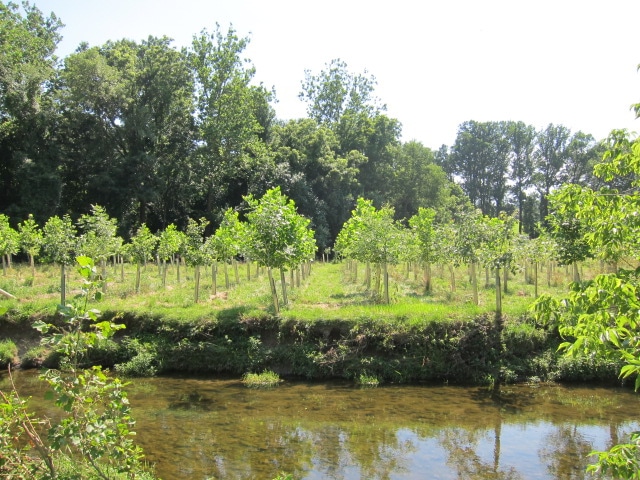
Stroud Center Receives Foxwynd Foundation Grant to Gather Data on Impact of Watershed Restoration Efforts
The grant will help Stroud Water Research Center collect much-needed environmental data to inform spending on water quality investments.

